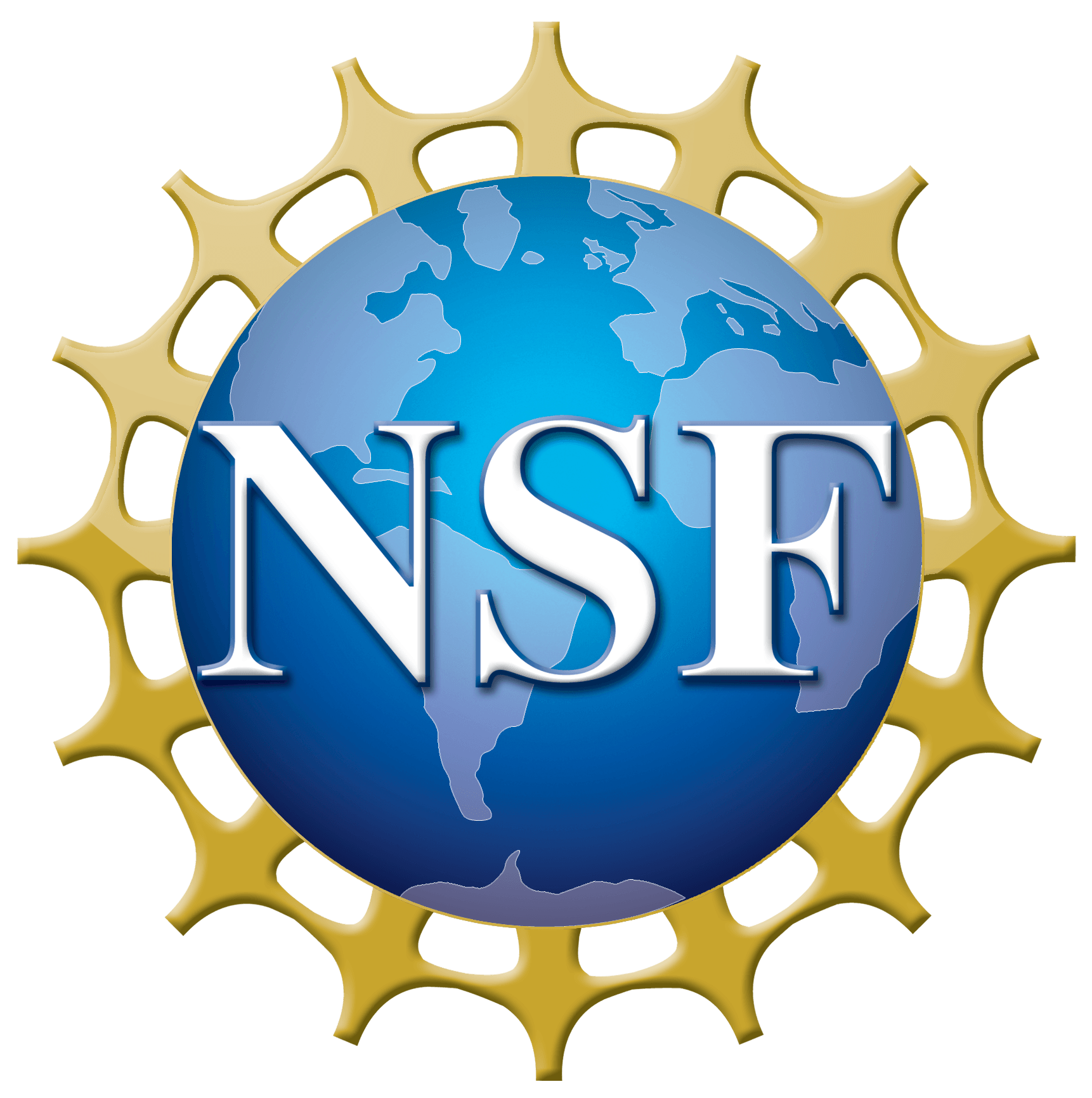Question: Read an article that researchers at the University of Toronto believe that Jupiter in the solar system early…
Select :
asteroid collisionasteroidsastronomical distance scalesatomsbig bangblack holesbright lights in the skybrown dwarfcareerscelestial eventschecker cabscometsconstellationscosmic distancescosmic microwave backgroundcosmic rayscosmologydark energydark matterdwarf planeteartheclipseeclipticeducationexoplanetsexpansion of the universegalaxiesgeneral relativitygravitational lensgravity wavesGreat Red SpotHoaxesHubble Space Telescope (HST)Interferometerinterferometryinterstellar moleculesionosphereJupitermagnetarsmarsmeteorsMH370milky wayMilky Way Galaxymoleculesmoonmoonsneutron starneutron starsNibirunight skyparallaxphysicsplanetsplutoproperties of lightPtolemypulsarsquasarsradar astronomyRadio Astronomyradio frequency interferenceradio interferometersradio recombination line emissionRadio TelescopeSatellite DishSchwarzschild Radiusscientific methodsearch for extraterrestrial intelligenceSETIsolar systemspace probesspacecraftstar formationstarssunsupernovasupernova remnantssupernovaetelescopestime dilationTrans Neptunian Objectstwin paradoxunexplained celestial observationsVenusVery Large ArrayVery Long Baseline Array (VLBA)Voyager 1weather
What is the Position in the Sky of the Purported Super Earth Detected in the Outer Solar System?
Question: Sir What is the name and sky position (RA and DEC values ) of the recently discovered ”…
How Long Does it Take the Sun to Orbit the Center of our Galaxy?
Question: How long does it take our sun to complete a full orbit around the super blackhole at the…
Relationship Between Planetary Orbits and Sun Rotation
Question: I was wondering about the relation between the Sun’s own rotation relative to the planets orbit around the…
Questions About Cosmology and Catching Near Earth Objects
Question #1: Hello there! Sorry for the previous thing I had sent, it was merely a comment. I am…
Does the Sun’s Rotation Speed Dictate the Orbital Speed of the Planets?
Question: Are the planets orbiting the sun at the same speed as the sun revolves on its axis? Or…





